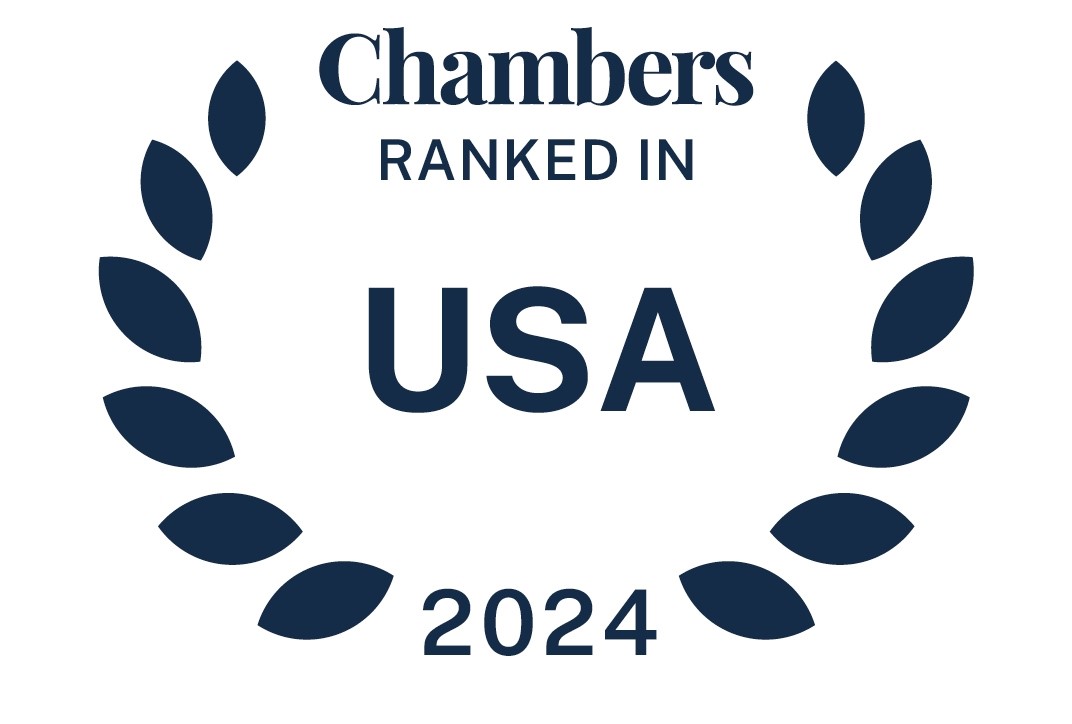In 2016, Inland Fresh Seafood Corporation of America established an employee stock ownership plan (ESOP), a type of defined contribution employee benefit plan. The ESOP then purchased 100% of Inland Fresh stock from Inland Fresh’s former shareholders.
Since the ESOP was founded, it has provided substantial benefits to Inland Fresh’s employee participants.
In November 2022, four former Inland Fresh employees filed an Employment Retirement Income Security Act of 1974 (ERISA) class action complaint against Inland Fresh, a number of its executives, its outside counsel, the ESOP Committee and the ESOP’s independent trustee.
The complaint alleged that the defendants breached their ERISA fiduciary duties, engaged in transactions prohibited by ERISA and ultimately caused the ESOP to pay more than fair market value for Inland Fresh stock during the initial transaction.
read more


 Subscribe
Subscribe




